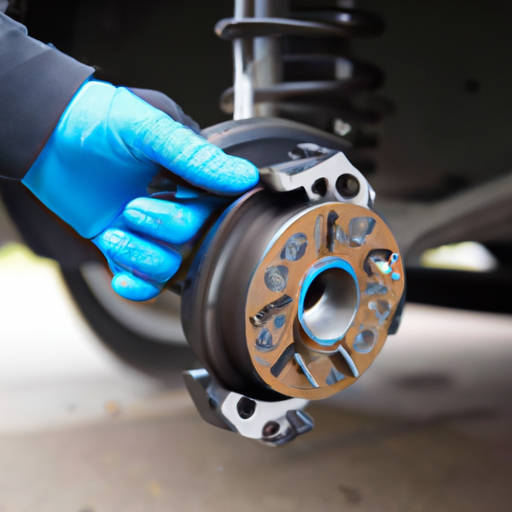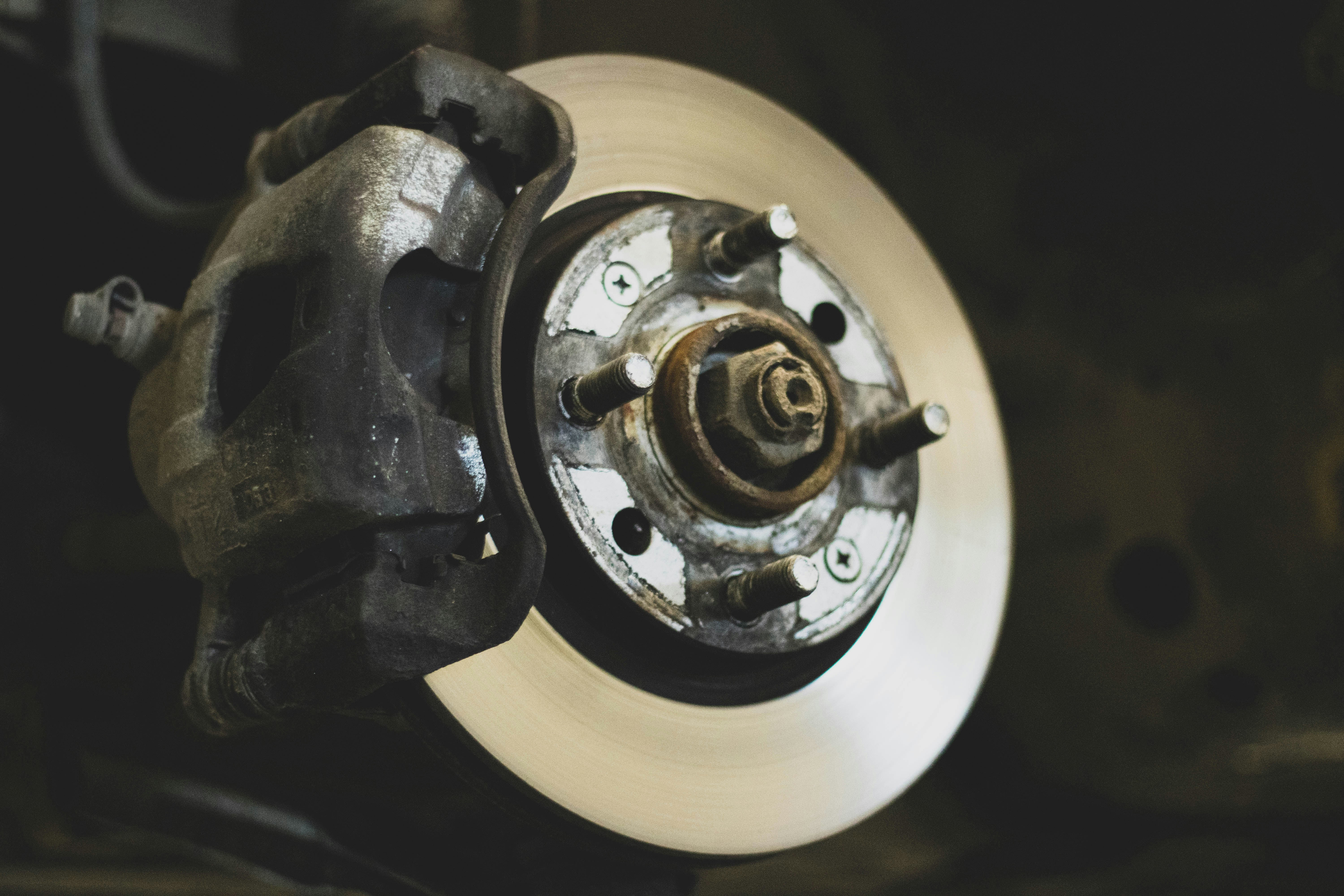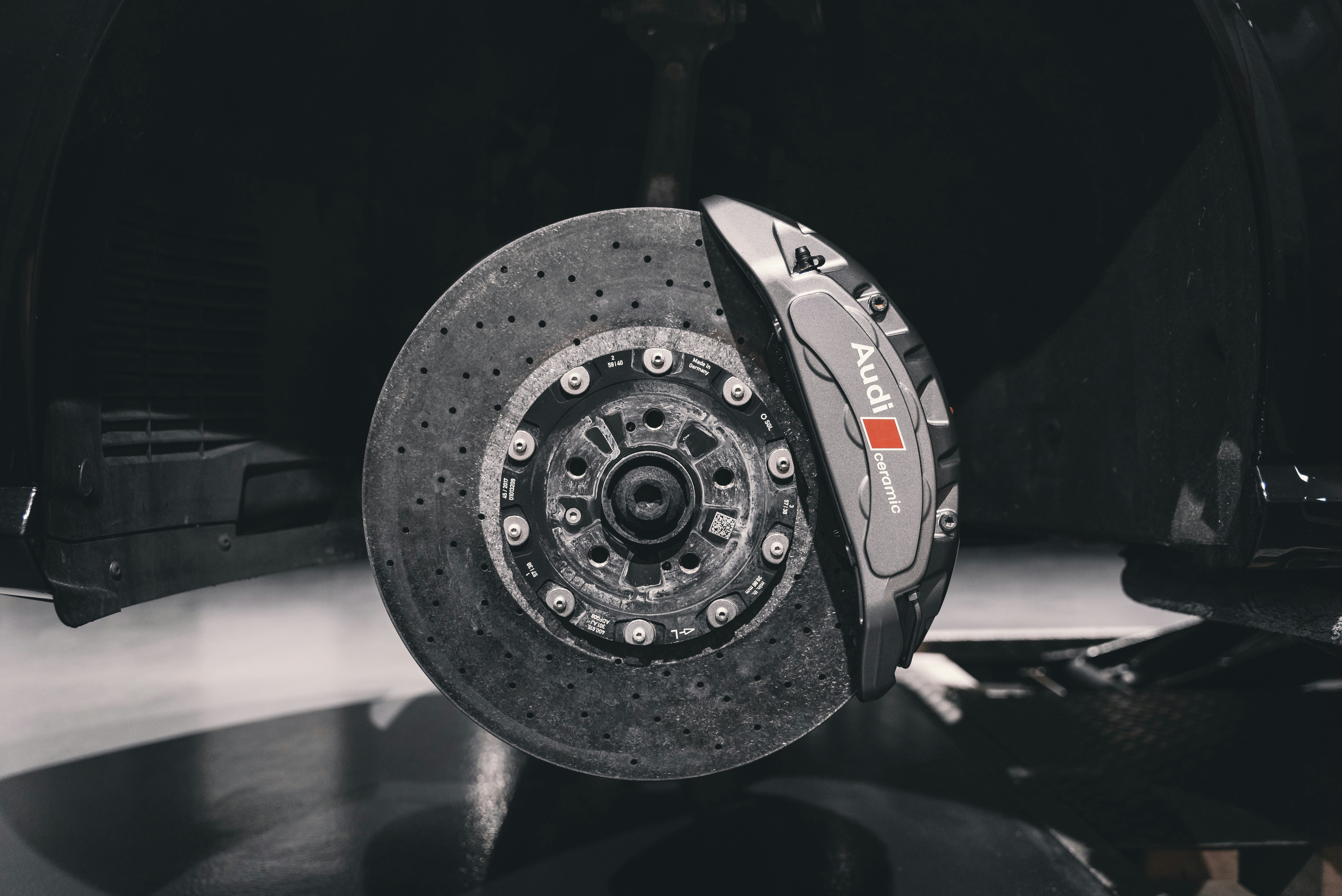In this article, you will learn step-by-step instructions on how to replace the brake pads on a BMW X3. We will discuss the tools you will need and walk you through the process to ensure a smooth and successful replacement. By the end of this article, you will have the knowledge and confidence to tackle this task on your own. Let’s get started!
Preparing for the Brake Pad Replacement
Gathering the necessary tools and materials
Before you start replacing the brake pads on your BMW X3, it’s important to gather all the necessary tools and materials. You will need a socket wrench with a suitable size socket, a torque wrench, a C-clamp or brake piston tool, a wire brush, brake cleaner, a jack, and jack stands. Additionally, you will need a set of high-quality replacement brake pads that are specifically designed for your BMW X3.
Getting the BMW X3 into a stable and secure position
To ensure your safety during the brake pad replacement process, it’s crucial to get your BMW X3 into a stable and secure position. Start by parking your vehicle on a flat surface and engage the parking brake. Place chocks or blocks behind the rear wheels to prevent the car from rolling. It’s also recommended to loosen the lug nuts on the wheel you will be working on before lifting the vehicle.
Removing the wheel to access the brake assembly
After ensuring the vehicle is in a stable position, it’s time to remove the wheel to gain access to the brake assembly. Use the socket wrench to remove the lug nuts completely and set them aside. Carefully lift the vehicle using a jack, making sure to follow the manufacturer’s instructions for jack placement. Once the vehicle is lifted, secure it in place with jack stands for added safety. With the wheel removed, you will now have a clear view of the brake assembly.
Removing the Old Brake Pads
Loosening the brake caliper bolts
To remove the old brake pads, you first need to loosen the brake caliper bolts. Locate the two bolts on the back of the brake caliper and use the socket wrench to loosen them. Once loosened, you should be able to move the caliper away from the rotor.
Taking off the brake caliper
After loosening the caliper bolts, carefully slide the brake caliper off the rotor. Be cautious not to let the caliper hang by the brake line, as this can cause damage to the line or caliper. You can use a wire or bungee cord to secure the caliper to the suspension or body of the vehicle, ensuring it doesn’t put any strain on the brake line.
Retrieving the old brake pads
With the caliper removed, you can now retrieve the old brake pads from the brake assembly. They should easily slide out from the caliper brackets. Take note of the position and orientation of the pads for proper installation of the new brake pads.
Inspecting the Brake Components
Examining the brake rotors for wear or damage
Before installing the new brake pads, it’s important to inspect the brake rotors for any signs of wear or damage. Look for grooves, cracks, or uneven surfaces on the rotor. If you notice any significant damage or excessive wear, it’s advisable to have the rotors resurfaced or replaced to ensure optimum braking performance.
Checking the brake caliper for any issues
While inspecting the brake components, take a moment to check the brake caliper for any issues. Look for leaks or damaged seals that may indicate a problem with the caliper. Additionally, ensure that the caliper moves freely and smoothly without any excessive resistance.
Inspecting the brake pad wear sensors
Brake pads on some BMW X3 models may be equipped with wear sensors. These sensors are designed to alert you when the brake pads are nearing the end of their lifespan. Check the wear sensors for any signs of damage or wear. If the sensors are worn or damaged, they should be replaced along with the brake pads.
Installing the New Brake Pads
Applying anti-squeal compound or brake grease
Before installing the new brake pads, it’s recommended to apply a thin layer of anti-squeal compound or brake grease to the backside of the pads. This will help reduce noise and vibrations during braking. Be careful not to get any grease on the friction surface of the brake pad or rotor.
Positioning the new brake pads
Carefully position the new brake pads in the caliper brackets, ensuring they are oriented correctly. The pads should slide easily into place. If they don’t fit properly, double-check their orientation and position.
Reattaching the brake caliper and tightening the bolts
Once the new brake pads are in place, carefully slide the brake caliper back onto the rotor. Make sure the caliper fits properly over the brake pads. Once aligned, tighten the caliper bolts securely using the socket wrench. Ensure the bolts are tightened to the manufacturer’s recommended torque specification to prevent any issues.
Reassembling the Brake System
Putting the wheel back on
With the brake caliper reattached, it’s time to reassemble the brake system. Carefully lower the vehicle using the jack, and once it’s on the ground, use the socket wrench to tighten the lug nuts in a star pattern. This ensures even tightening and prevents warping of the brake rotor.
Torquing the wheel nuts to the recommended specifications
After tightening the lug nuts by hand, it’s important to torque them to the recommended specifications using a torque wrench. Check the owner’s manual or consult a BMW specialist for the appropriate torque value for your specific BMW X3 model.
Testing the brake pedal and ensuring proper function
Before driving your BMW X3, it’s crucial to test the brake pedal and ensure proper function. Slowly press the brake pedal a few times to ensure it feels firm and responsive. This will also help seat the new brake pads against the rotors. If the pedal feels spongy or if you notice any issues, it’s recommended to recheck your work or consult a professional for further assistance.
Performing a Brake Bed-in Procedure
Driving the BMW X3 to properly break in the new brake pads
After replacing the brake pads, it’s important to perform a brake bed-in procedure to properly seat the pads onto the rotors. Take your BMW X3 to a quiet road or empty parking lot to perform this procedure.
Applying gradual braking pressure to bed-in the pads
While driving at a moderate speed, apply gradual and firm braking pressure to the brake pedal. Avoid excessive or sudden braking during the bed-in process, as this could lead to uneven pad wear or glazing of the rotors. Repeat this process several times, allowing the brakes to cool between each application of braking pressure.
Avoiding excessive or sudden braking during the bed-in process
During the brake bed-in process, it’s important to avoid excessive or sudden braking. This will help prevent damage to the new brake pads and ensure proper seating onto the rotors. Gradually increase the braking force over several braking cycles to achieve optimal braking performance.
Checking for Proper Brake Pad Operation
Testing for any unusual noises or vibrations
After performing the brake bed-in procedure, it’s important to test the brake pads for any unusual noises or vibrations. While driving, pay close attention to any grinding, squealing, or vibrating sensations during braking. If you notice any issues, it’s advisable to inspect the brake system again for proper installation or consult a professional for further assistance.
Verifying that the brake pads provide sufficient stopping power
After the brake bed-in process, verify that the new brake pads provide sufficient stopping power. Test the brakes in a safe and controlled environment to ensure they bring your BMW X3 to a smooth and controlled stop. If you experience any decrease in stopping power or longer braking distances, it’s crucial to have the brake system inspected by a qualified technician.
Maintaining Brake System Safety
Regularly inspecting the brake pads for wear
To maintain brake system safety, it’s essential to regularly inspect the brake pads for wear. Check the thickness of the brake pads periodically and replace them when they reach the minimum allowable thickness. Regular inspections will help prevent any potential issues and ensure optimal braking performance.
Replacing the brake pads when necessary
When the brake pads show signs of wear or reach the minimum allowable thickness, it’s crucial to replace them promptly. Delaying the replacement can result in decreased braking performance and potential damage to other brake system components. Always use high-quality brake pads specifically designed for your BMW X3.
Adhering to proper maintenance schedules for the BMW X3’s braking system
In addition to regular brake pad inspections and replacements, it’s important to adhere to the proper maintenance schedules for the BMW X3’s braking system. This includes periodic brake fluid flushes and inspections of the brake lines, calipers, and other components. Consult the owner’s manual or seek advice from a BMW specialist to ensure you are following the required maintenance intervals.


Considering Professional Assistance
Seeking help from a qualified mechanic or technician
While replacing brake pads on your BMW X3 can be done as a DIY project, it’s always recommended to seek help from a qualified mechanic or technician if you have limited experience or are unsure about the process. They have the skills and expertise to ensure proper installation and optimization of the brake pads, minimizing the risk of any issues.
Ensuring proper installation and optimization of the brake pads
Professional assistance guarantees proper installation and optimization of the brake pads. They have access to specialized tools and equipment, ensuring the job is done correctly. Moreover, they can identify any underlying brake system concerns that may require additional attention or repairs.
Addressing any additional brake system concerns
During a professional brake pad replacement, a qualified technician can address any additional brake system concerns. They can inspect the rotors, calipers, brake lines, and other components for wear or damage, providing a comprehensive assessment of the brake system’s overall condition.
Conclusion
Successfully replacing the brake pads on a BMW X3 ensures continued safety and optimal braking performance. By following the outlined steps, you can confidently replace the brake pads yourself, maintaining proper brake system safety. Regular maintenance and inspection are essential for a reliable braking system, allowing you to enjoy a smooth and secure driving experience in your BMW X3.





